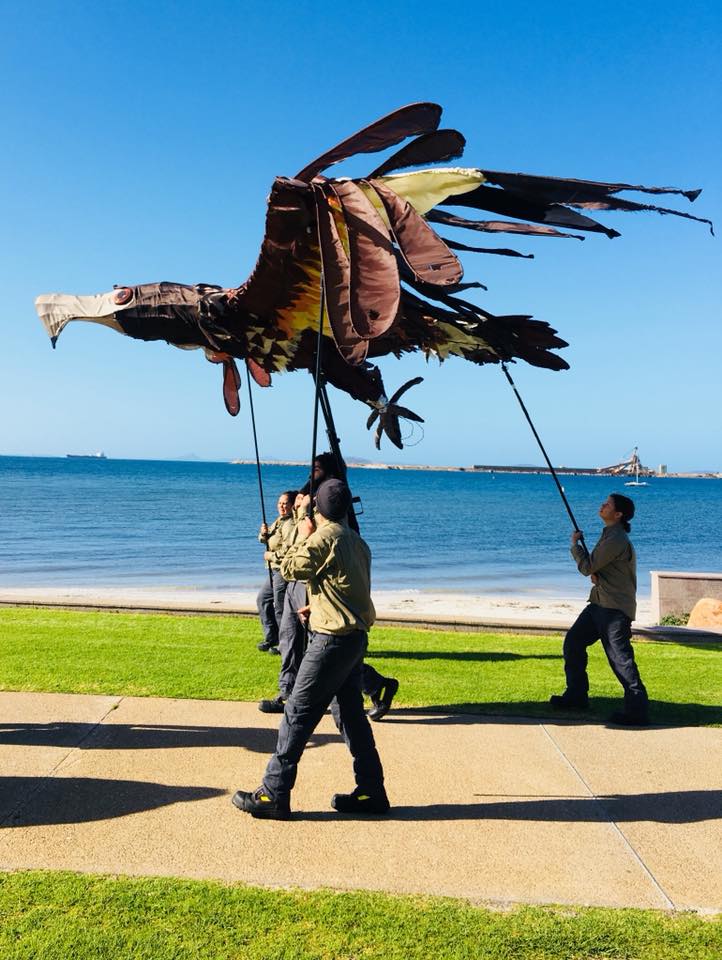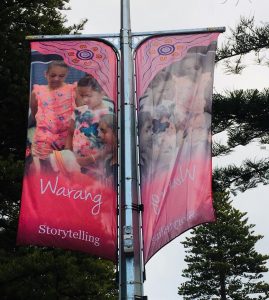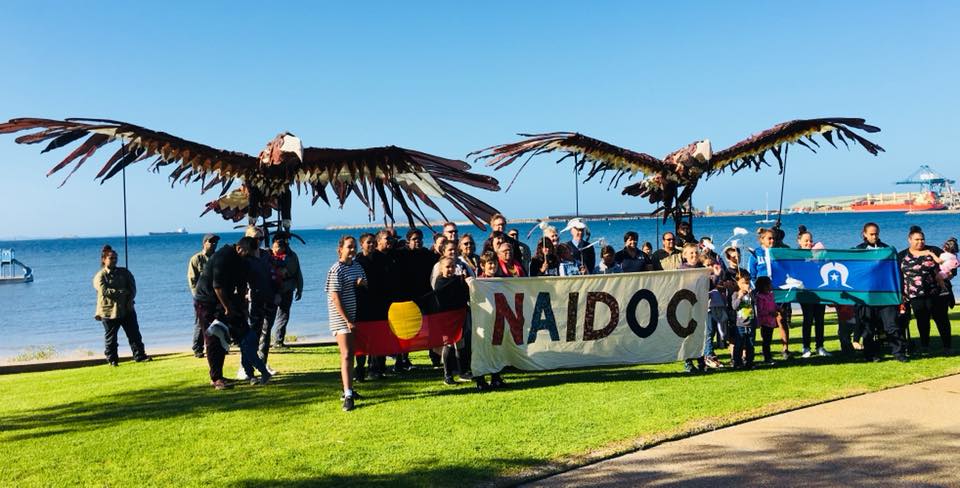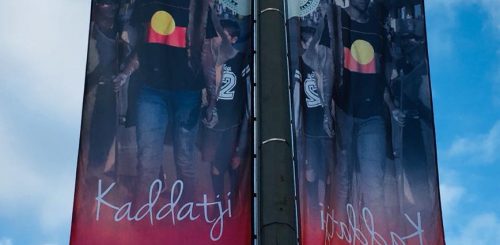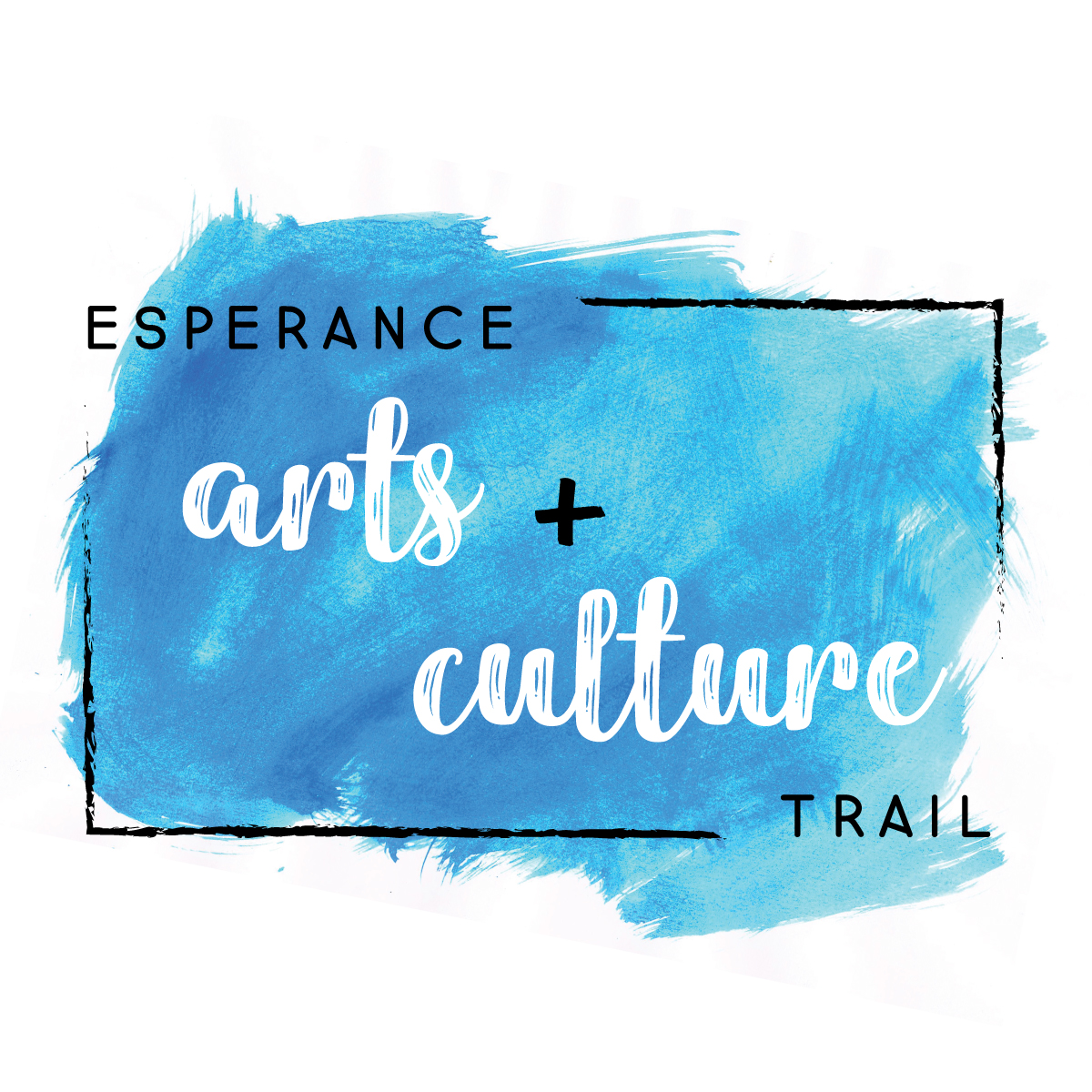Kaya Kepa Kurl – Welcome to Esperance
The Esperance Nyungar people live in this country. Kepa (water) Kurl (boomerang) is the local Nyungar name for Esperance, which means “where the waters lie like a boomerang.”
Across the Esperance region there is archaeological evidence of the Nyungar people having adapted to, and shaped the natural environment for at least 13,000 years. These places include stone artefact scatters, gnamma holes, lizard traps, quarry sites, scarred trees, burials, rock art sites, hearths/camps, and associated features. Today, Nyungar Elders hold, and pass on to their children, complex knowledge about how to hunt, fish and move through this country in a sustainable way.
Fundamental to Nyungar identity and culture is connection to country. Esperance Nyungar people feel a deep sense of responsibility towards their country, and everything in it, the landscapes, seascapes, plants, animals, rocks, water, cultural materials, and cultural heritage.
On 14 March 2014, the Federal Court of Australia recognised the Native Title rights and interest of the Esperance Nyungars, including their connection to country and systems of lore that has continued since European arrival. To hold and manage their Native Title rights, the Esperance Nyungars have established the Esperance Tjaltjraak Native Title Aboriginal Corporation. Respecting the wishes of the late Mr Tom Bullen, an Elder and senior knowledge holder, Tjaltjaraak was chosen (pronounced Dul-u-rak) as a reference to the local blue mallee gum (Eucalyptus pleurocarpa), which is commonly found in Esperance
Nyungar country. It is said that the distribution of blue mallee gum corresponds directly to
Esperance Nyungar territory, and where the blue mallee gum ceases to grow to the north and east of the region, local Aboriginal people know that it is no longer Nyungar country.
The Native Title area covers nearly 29000sq km and includes large areas of environmentally threatened ecological communities; at least 60 threatened species of plants and animals; and at least 23 migratory species (wetland and terrestrial). It includes two wetland systems that are of high cultural significance and other wetlands of national significance. It also includes cultural sites of enormous significance not just to the Nyungar but to the archaeological world.
In 2018 Esperance Tjaltjraak launched its Ranger program and employed a Community Liaison Officer. In addition to the work of caring for Country these initiatives also support a number of community partnerships focussed on sharing Nyungar cultural heritage through language, story, visual arts and performance.
